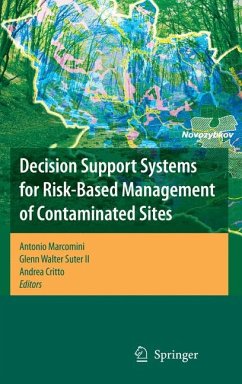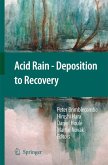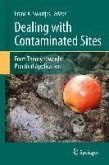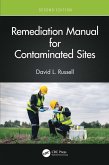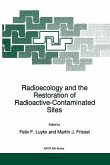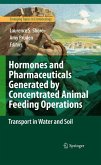Accordingly, the book provides an analysis of the main steps and tools for the development of decision support systems, namely: environmental risk assessment, decision analysis, spatial analysis and geographic information system, indicators and endpoints. Sections are dedicated to the review of decision support systems for contaminated land management and for inland and coastal waters management. Both include discussions of management problem formulation and of the application of specific decision support systems.
This book is a valuable support for environmental risk managers and for decision makers involved in a sustainable management of contaminated sites, including contaminated lands, river basins and coastal lagoons. Furthermore, it is a basic tool for the environmental scientists who gather data and perform assessments to support decisions, developers of decision support systems, students of environmental science and members of the public who wish to understand the assessment science that supports remedial decisions.
Dieser Download kann aus rechtlichen Gründen nur mit Rechnungsadresse in A, B, BG, CY, CZ, D, DK, EW, E, FIN, F, GR, HR, H, IRL, I, LT, L, LR, M, NL, PL, P, R, S, SLO, SK ausgeliefert werden.
"This three-part work is a compilation of articles summarizing the state of the art of decision support systems (DSS) as they are used in the management of contaminated sites. ... Each chapter describes a specific tool, first outlining its structural elements, then providing an example case study. ... The overall breadth of the tools ... provides an excellent foundation in this emerging field. ... This volume will be of interest to community planners, agency personnel, and environmental/legal professionals. Summing Up: Recommended. Graduate through professional collections." (B. Bero, Choice, Vol. 47 (2), October, 2009)

